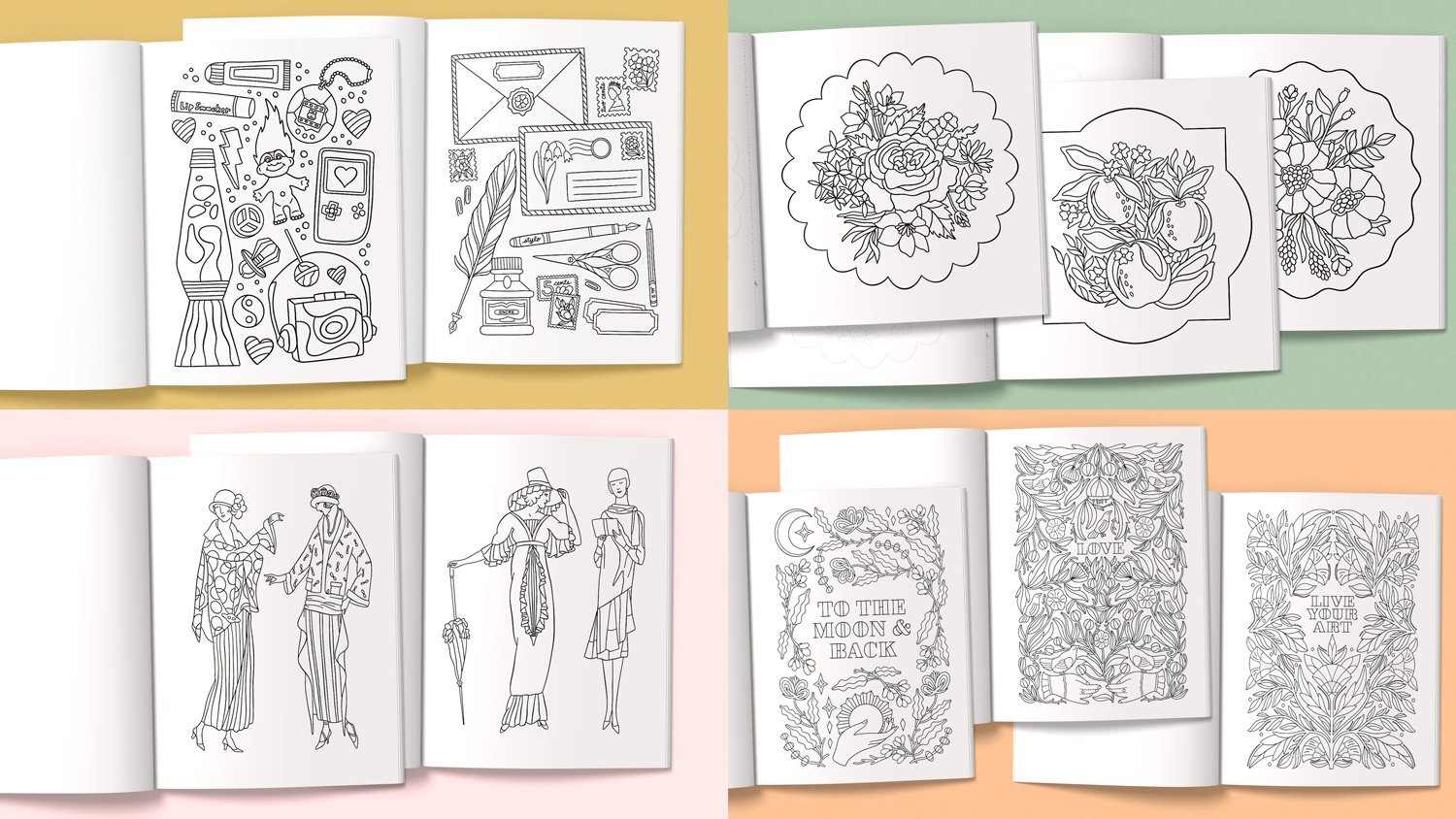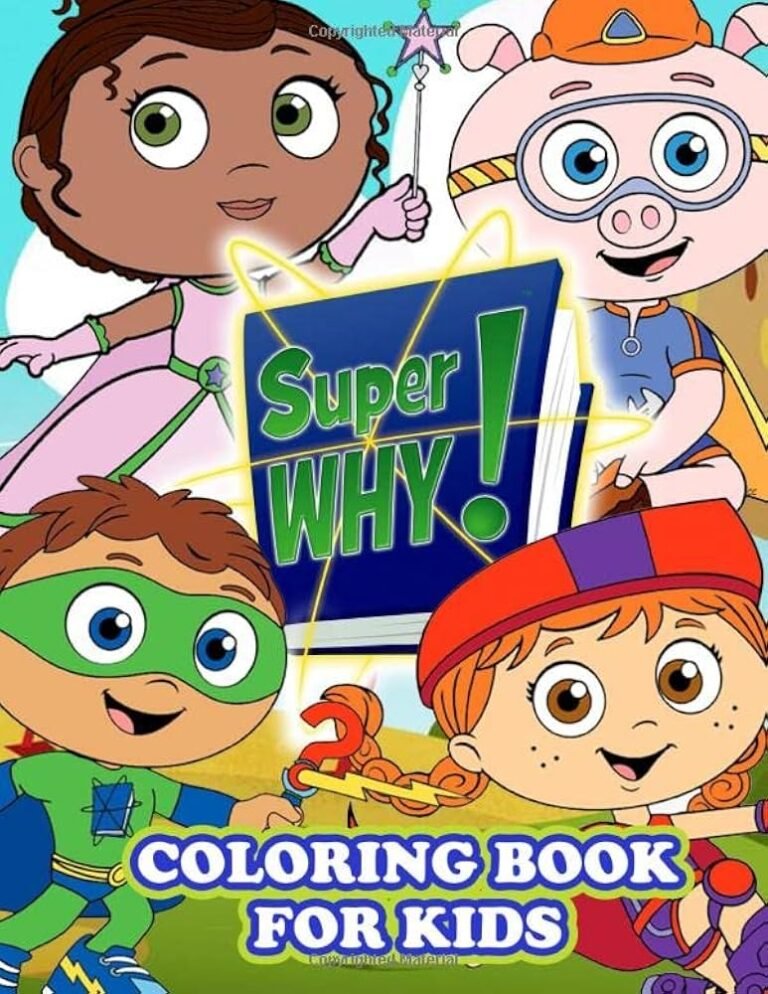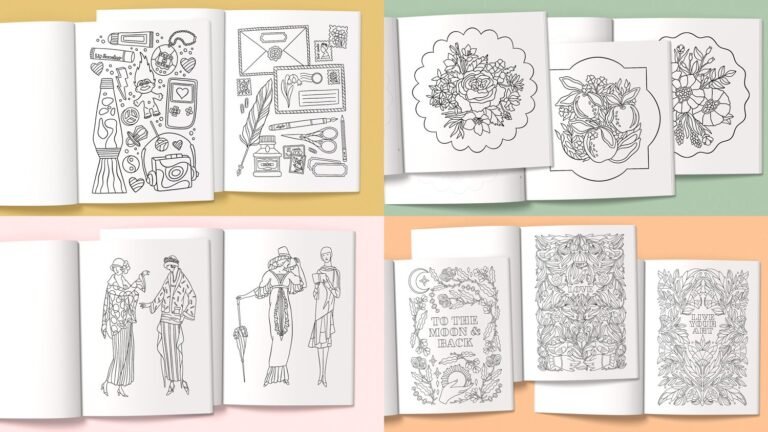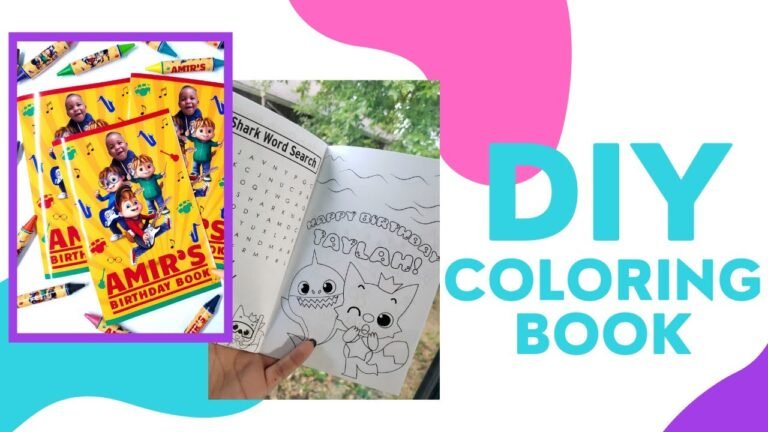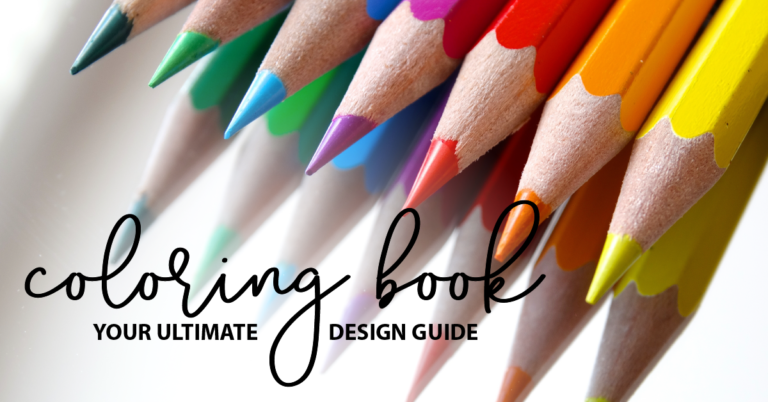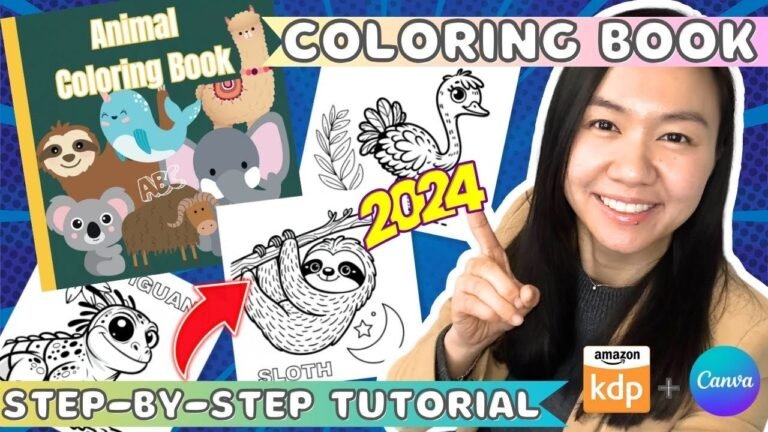How to Publish a Coloring Book: Step-by-Step Guide
To publish a coloring book, create unique illustrations and choose a reliable self-publishing platform. Market the book effectively to reach your audience.
Publishing a coloring book involves several key steps to ensure success. First, focus on creating high-quality, original illustrations that will captivate your target audience. Next, choose a reliable self-publishing platform such as Amazon KDP or IngramSpark, which offer easy-to-use tools and broad distribution.
Design the book layout, ensuring it is user-friendly and visually appealing. Pay attention to print quality and paper type, as these factors significantly impact user experience. Once published, develop a robust marketing strategy to promote your coloring book. Utilize social media, email marketing, and collaborations with influencers to boost visibility and sales.
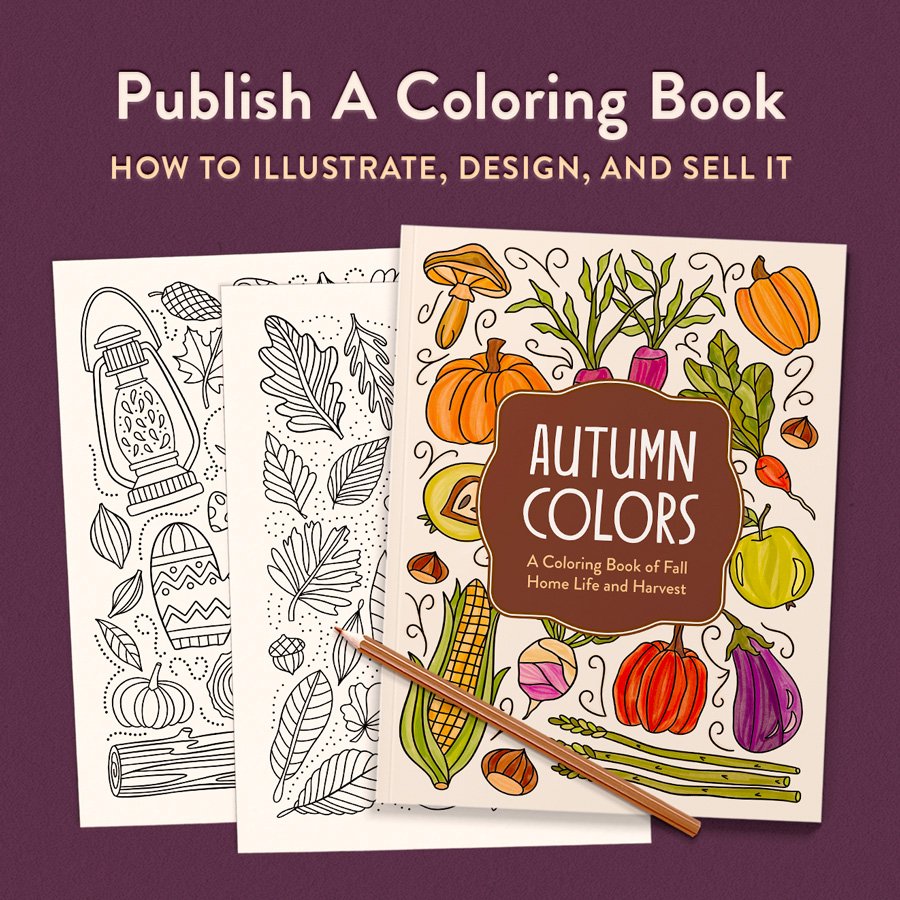
Credit: mollysuberthorpe.com
Choosing A Theme
Choosing a theme is a critical step when creating a coloring book. The theme sets the tone and attracts your target audience. A well-chosen theme can make your coloring book stand out from the competition.
Identifying Your Audience
First, you need to identify your audience. Ask yourself, who will enjoy this coloring book? Is it for children, teens, or adults? Different age groups have different interests and preferences. For instance, children may prefer simple, playful themes, while adults might enjoy intricate patterns or stress-relief designs.
- Children: Animals, cartoons, and fairy tales
- Teens: Fantasy, anime, and pop culture
- Adults: Mandalas, nature, and abstract art
Popular Themes
Some themes are universally popular and can appeal to a wide audience. Below are a few theme ideas:
| Theme | Description |
|---|---|
| Animals | Features different animals, from pets to wild creatures. |
| Mandalas | Intricate circular designs that are calming and meditative. |
| Nature | Includes scenes of landscapes, flowers, and trees. |
| Fantasy | Dragons, fairies, and magical worlds come to life. |
| Abstract | Complex patterns and geometric shapes. |
Choosing the right theme involves understanding what your audience loves. A well-chosen theme can make your coloring book a favorite among its readers.
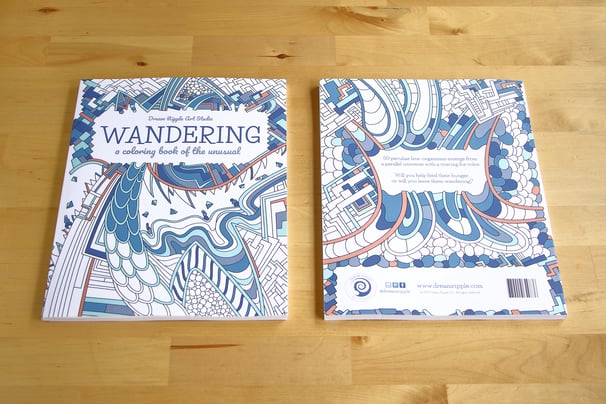
Credit: www.ingramspark.com
Creating Artwork
Creating artwork for a coloring book can be a fun process. It’s essential to plan your designs thoughtfully. High-quality artwork will attract more readers. Let’s explore the essential aspects of creating artwork.
Tools And Materials
Using the right tools and materials is vital for good artwork. Here’s what you may need:
- Sketching Pencils: Choose a variety for different shades.
- Paper: Heavyweight paper works best for sketches.
- Inking Pens: Fine-tip pens help in detailing.
- Graphic Tablet: Useful for digital artwork.
- Software: Adobe Illustrator or Photoshop for editing.
Investing in these tools can enhance the quality of your designs.
Hiring An Illustrator
If you lack drawing skills, consider hiring an illustrator. Here’s a simple guide:
- Search for illustrators on platforms like Upwork or Fiverr.
- Review their portfolios to see their style.
- Contact your chosen illustrator with your ideas.
- Discuss pricing and deadlines upfront.
- Collaborate closely to ensure the final artwork meets your vision.
Working with a professional can significantly improve your book’s appeal.
In summary, using the right tools or hiring the right person is crucial. Quality artwork can set your coloring book apart.
Designing The Layout
Creating the perfect layout for your coloring book is crucial. A well-designed layout attracts and retains readers. It ensures an enjoyable coloring experience. Let’s explore key aspects of designing your layout.
Page Dimensions
The page dimensions define the size of your coloring book. Common sizes include 8.5 x 11 inches and 6 x 9 inches. Choose a size based on your audience. For kids, larger pages are often better. For adults, smaller and more compact sizes work well. Below is a table with popular page dimensions:
| Page Size (inches) | Best For |
|---|---|
| 8.5 x 11 | Kids |
| 6 x 9 | Adults |
| 7 x 10 | Teens |
Cover Design
The cover design is the first thing people see. It should be eye-catching and relevant. Use bright colors and engaging images. Make sure the title is clear and readable. Here are some tips for designing your cover:
- Use high-quality images
- Pick colors that stand out
- Ensure the title is big and bold
A well-designed cover can make a huge difference. It attracts more buyers and boosts sales. Take your time to create a perfect cover.
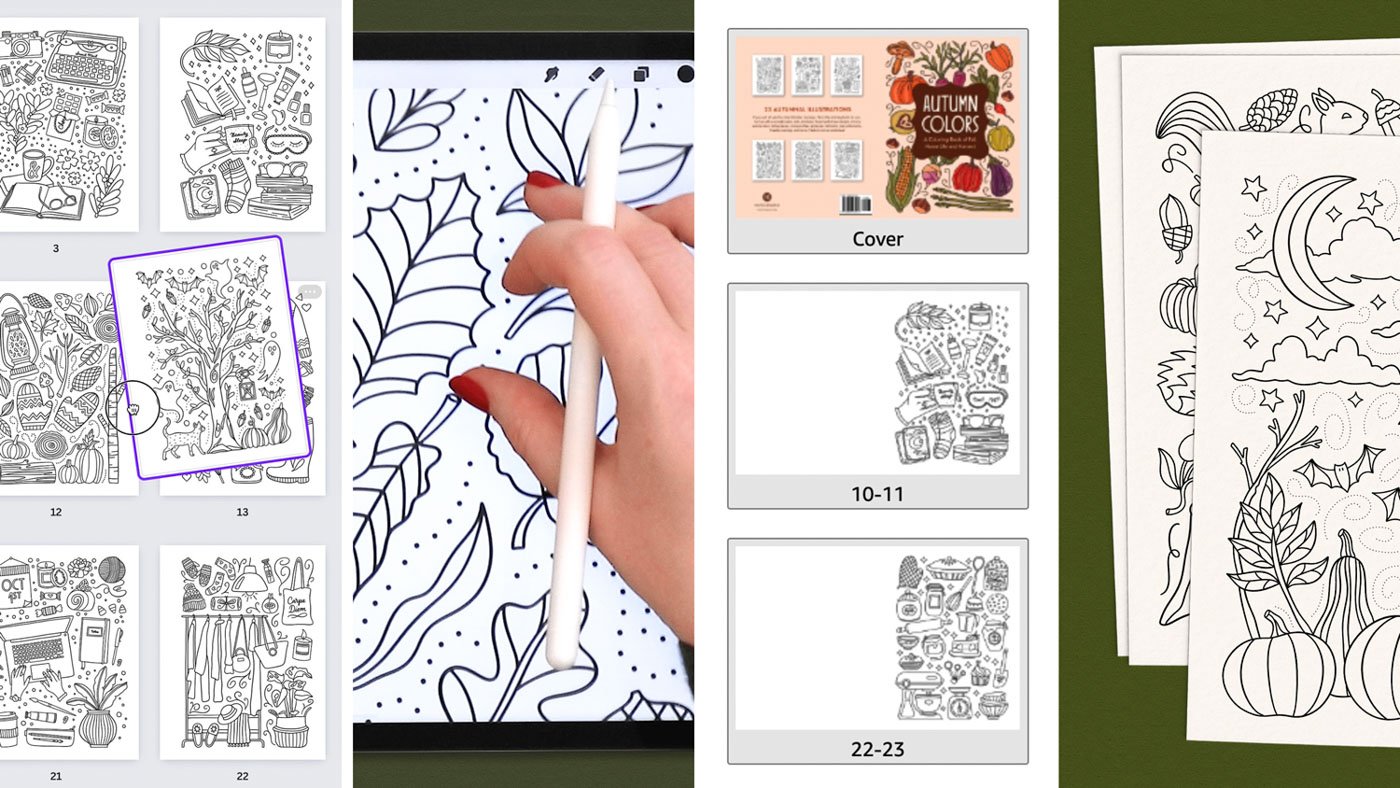
Credit: mollysuberthorpe.com
Formatting The Book
Formatting a coloring book is a critical step before publishing. Proper formatting enhances the user experience and maintains a professional look. Below, we discuss digital and print formatting techniques.
Digital Formatting
Digital formatting makes your coloring book accessible on various devices. Follow these steps for effective digital formatting:
- File Formats: Use PDF or ePub formats for digital books.
- Resolution: Ensure images are at least 300 DPI for clarity.
- Page Size: Standard size is 8.5 x 11 inches for easy viewing.
- Interactive Elements: Add clickable links and interactive features.
Print Formatting
Print formatting requires attention to detail for high-quality prints. Follow these guidelines for print formatting:
| Aspect | Details |
|---|---|
| Margins: | Leave at least 0.5 inches on all sides. |
| Bleed: | Include a 0.125-inch bleed for edge-to-edge prints. |
| Paper Quality: | Choose 80-100 lb paper for durability. |
| Binding: | Opt for spiral or perfect binding for ease of use. |
Both digital and print formatting require careful consideration to ensure a professional and enjoyable coloring book.
Proofreading And Editing
Proofreading and editing are essential steps in publishing a coloring book. These steps ensure your book is free from errors and looks professional. This section covers how to check for errors and gather feedback from peers.
Checking For Errors
First, review your coloring book carefully. Look for spelling mistakes and grammatical errors. Ensure that all instructions are clear and easy to understand. Check that all pages are in the correct order.
- Review text for spelling mistakes.
- Ensure instructions are clear.
- Verify the order of pages.
Next, examine the illustrations. Make sure there are no unwanted marks or smudges. Check that lines are clean and consistent. Verify that all elements are well-aligned.
- Inspect illustrations for marks or smudges.
- Ensure lines are clean and consistent.
- Verify element alignment.
Feedback From Peers
After checking for errors, seek feedback from peers. Ask friends or family to review your book. They can spot mistakes you may have missed. Their feedback can help improve the overall quality of your book.
- Ask friends to review your book.
- Collect their feedback.
- Use feedback to make improvements.
Consider creating a small focus group. This group can provide more detailed feedback. They can help you understand what works well and what needs improvement.
- Form a focus group for detailed feedback.
- Discuss what works well.
- Identify areas for improvement.
Proofreading and editing are crucial steps. They ensure your coloring book is polished and ready for publishing.
Choosing A Publishing Platform
Choosing the right publishing platform is crucial for your coloring book’s success. This decision impacts your control over the book, your profits, and your audience reach. Understanding the options available will help you make the best choice.
Self-publishing Options
Self-publishing allows you to keep full control of your book. You can choose the cover design, the book size, and the interior layout. It also gives you a higher profit margin per book sold.
Here are some popular self-publishing platforms:
- KDP (Kindle Direct Publishing): A well-known platform by Amazon. It offers global reach and easy setup.
- IngramSpark: This platform provides both print and eBook distribution. It offers a wide range of print options.
- Lulu: Lulu gives you the flexibility to print on demand. It also offers various marketing tools.
Each platform has its pros and cons. KDP offers wide distribution but less customization. IngramSpark provides better print quality but higher setup costs. Lulu offers flexibility but limited distribution.
Traditional Publishing
Traditional publishing involves working with a publishing house. They handle the editing, design, and distribution. This option can give your book more credibility.
Steps to follow for traditional publishing:
- Prepare a manuscript and a book proposal.
- Find a literary agent to represent your book.
- Submit your manuscript to publishing houses.
Benefits of traditional publishing:
- Professional Editing: Publishers provide expert editing services.
- Marketing Support: They also handle marketing and distribution.
- Advance Payments: Authors may receive advance payments.
Traditional publishing can be competitive. It may take longer to see your book in print. But it offers credibility and professional support.
Marketing Your Coloring Book
Marketing your coloring book effectively is essential to reach a wider audience. With the right strategies, you can create a buzz and drive sales. This section will cover some key tactics for marketing your coloring book.
Building An Online Presence
Creating a strong online presence is the first step. Start by building a professional website. Your website should include:
- An eye-catching homepage with visuals of your coloring book.
- A detailed about page that shares your story.
- A shop section where visitors can buy your book.
- A blog to share updates and engage with readers.
- Contact information and links to your social media profiles.
Invest in SEO to make your website easy to find. Use relevant keywords related to coloring books. Ensure your site loads quickly and is mobile-friendly.
Utilizing Social Media
Leverage social media to promote your coloring book. Use platforms like Instagram, Facebook, and Pinterest. Each platform can reach different audiences.
On Instagram, post colorful images of your book. Use popular hashtags to increase visibility. Engage with your followers by responding to comments and messages.
Facebook allows you to create a dedicated page for your book. Share updates, run contests, and post behind-the-scenes content. Join coloring book groups to connect with potential buyers.
Pinterest is perfect for visual content. Create boards with your book’s pages and other related art. Pin regularly to keep your audience engaged.
Consider running paid ads on these platforms. Target your ads to reach people interested in coloring books. Monitor the performance and adjust your strategy as needed.
Finally, collaborate with influencers in the coloring book community. They can review your book and share it with their followers. This can significantly boost your book’s visibility.
Distributing The Book
After creating your coloring book, the next step is distributing it. Reaching your audience is crucial. This section covers two main distribution methods.
Online Sales Channels
Online sales channels offer vast reach. Here are some options:
- Amazon: The largest online marketplace. List your book on Amazon Kindle Direct Publishing (KDP).
- Etsy: Ideal for handmade and creative products. Set up a shop on Etsy to sell your coloring book.
- Your Website: Sell directly from your own site. Use platforms like WooCommerce or Shopify.
Create engaging product descriptions. Use high-quality images and include keywords for SEO.
Brick-and-mortar Stores
Physical stores allow local exposure. Consider these options:
- Local Bookstores: Approach local bookstores. Offer them a consignment deal or wholesale prices.
- Gift Shops: Many gift shops sell unique items. Offer your coloring book as a specialty item.
- Art Supply Stores: Partner with art supply stores. These stores attract your target audience.
Prepare a professional pitch. Include a sample of your book and a sales sheet.
Frequently Asked Questions
How Do I Start Creating A Coloring Book?
Begin by choosing a theme and sketching designs. Use digital tools for better quality. Ensure each page is engaging.
What Software Is Best For Coloring Book Design?
Adobe Illustrator and Photoshop are popular choices. They offer advanced tools for detailed designs. Free alternatives include GIMP and Inkscape.
How Can I Publish A Coloring Book On Amazon?
Create an account on Kindle Direct Publishing (KDP). Upload your book file and cover. Set your price and publish.
What Paper Quality Is Best For Coloring Books?
Use thicker, high-quality paper to prevent bleed-through. Paperweight around 100-120 gsm is ideal for coloring books.
Conclusion
Publishing a coloring book can be a rewarding endeavor. Follow the steps outlined to bring your creative vision to life. From designing to marketing, each step plays a crucial role. Stay persistent and organized. Soon, you’ll see your coloring book in the hands of eager readers.
Happy publishing!
